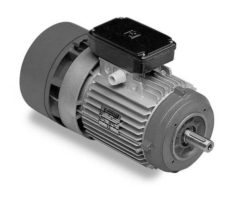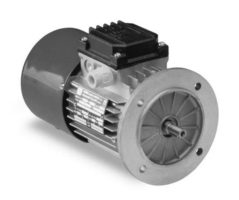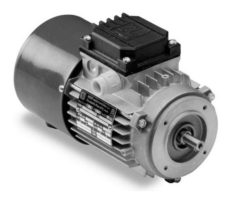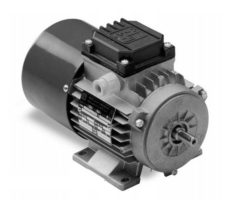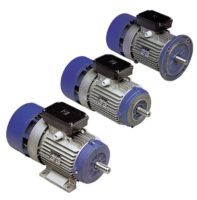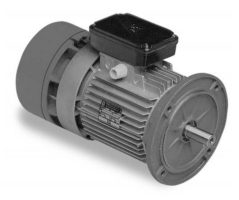
19
Protection Devices
GENERAL CHARACTERISTICS
The motor should be provided with protection devices to protect against non ordinary working conditions. The use of protection
device on the line is particularly advisable (i.e. varistors) for those motors running at low speed (8, 12, 16 poles) to prevent
early wear of windings and of contacts caused by voltage peaks during the switching on.
Operation conditions
Protection type
Fuses
Protective circuit breakers
Thermal protective device on the windings
Over-voltage protection
Low speed motors:
when starting motors with a high number of poles (i.e. 8, 12, 16), voltage peaks can be generated damaging
the motor insulation materials and contacts. In these cases it is advisable to install safety over-voltage protection devices.
On request MGM provides over-voltage protection devices such as RC04 for motors up to 4 kW and RC10 for motors up to 10
kW. Please note that these devices should not be installed if the motor is controlled by an inverter.
Brake coil:
DC brake coil is supplied as standard with a rectifier fitted with a protection device against over-voltage and with a
filter against the radio frequency emissions. The AC brake coil doesn’t generally need this type of protection devices. In case of
a very high start/stop frequency or in case of critical line voltage situation it is recommended the use of RC04 filter in order to
limit the electrical interference on the brake.
On request MGM is able to supply motors equipped with thermistors PTC or bimetallic PTO thermal protectors:
Bimetallic Thermal Protectors (PTO):
three bimetallic sensors in series with normally closed contacts, fitted on the windings
heads. They control a switch (not provided with the motor) that interrupts the power supply when getting close to dangerous
temperature. The nominal voltage and current are 250 V and 2,5 A A.C. respectively while the temperature of intervention is 140
°
C. The contact closes again with a temperature reduction of at least 35
°
C. The bimetallic thermal protectors leads are connected
to a terminal board located in the main terminal box. The presence of PTO is shown by the writing “TP” in the field 29 of the
nameplate (see pertinent paragraph on page 8).
Thermistors (PTC):
three thermistors in series (conforming to DIN standards 44081 and 44802), fitted on the windings heads.
The resistance of the thermistors changes with temperature and when getting close to the nominal intervention temperature the
sharp increase of resistance guarantees a precise intervention of the safety devices. The thermistor only senses the temperature
so a cut-out device (not provided with the motor) must be added to interrupt the power supply to the motor. The maximum PTC
operating voltage is 30 V DC while the intervention temperature is 130
°
C on class F motors and 140
°
C on class H motors. The
PTC leads are connected to a terminal board located in the main terminal box. The presence of PTC is shown by the writing “TM”
in the field 29 of the nameplate (see pertinent paragraph on page 8).
Excess currents 200% In
Heavy starts, reversing operation
Stalling
Starting on two phases
Voltage deviations
Frequency deviations
Insufficient motor cooling
excellent protection
partial protection
partial protection
partial protection
excellent protection
excellent protection
no protection
no protection
no protection
partial protection
no protection
no protection
no protection
no protection
excellent protection
excellent protection
partial protection
excellent protection
excellent protection
excellent protection
excellent protection



